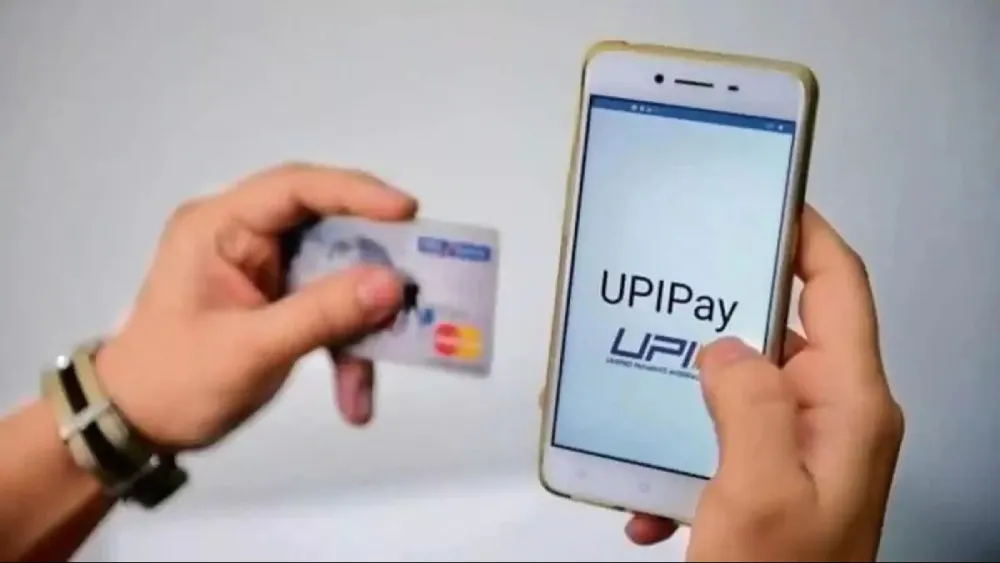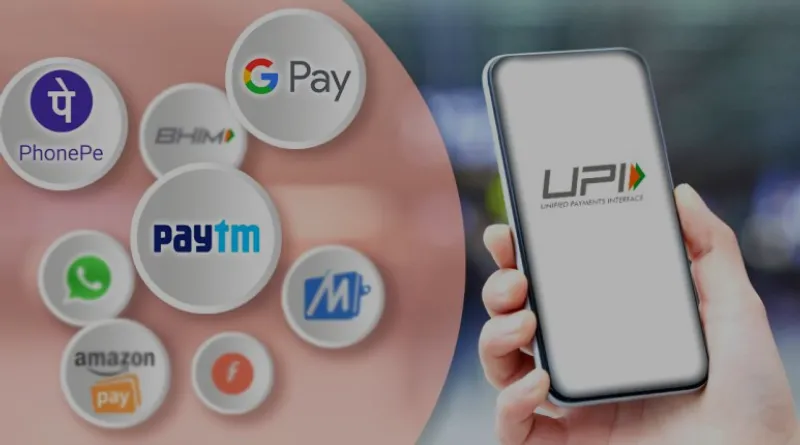UPI-Powered Credit: India’s Next Financial Frontier
The credit economy of India is also changing as the Unified Payments Interface (UPI) is becoming the revolver for consumer lending. As the growth of credit cards falters, with spending plummeting to 3 percent to reach the easy money limit of 1.83 lakh crores in June 2025 and new card counts going negative for the first time since the pandemic, UPI-based credit, especially RuPay-on-UPI, is seeing momentum. This is possible through the high-frequency, low-ticket transactions, and it has the potential to rewrite the credit boom in India with a trillion-dollar value by 2030, according to Zeta.
Unlike the conventional credit cards that are used by the city elites, the UPI credit lines are to be offered to a larger spectrum, not to mention the Tier 2 and rural subscribers to the credit where 60 percent of new credit is generated. The platform allows QR-based payments with 300 million users of UPI and 50 million merchants, making it the perfect way to make small, daily purchases, in other words, at kirana stores and local markets. Kiwi, a fintech partner of Yes Bank and Axis Bank, has users averaging 40 transactions a month, compared to eight times as is the norm with traditional cardholders. This flood has increased the transaction volume of RuPay credit cards (percentage-wise) to 12 percent in 2024 as against 3 percent in 2023.

This transition is supported by the Reserve Bank of India (RBI), which launched a pre-approved UPI credit channel in 2023 that can be used to boost financial inclusion. These lines are using real-time dollars and cents transaction data to make smarter underwriting, leading to reduced risks of defaults by underserved borrowers. In a 2024 study, a 10 percent increase in UPI transactions was observed to increase credit access by 7 percent, especially among subprime and new-to-credit users, with no surge in defaults. But the road ahead is not easy. There are rising delinquencies (3.6 percent at 90+ days past due) and a 28 percent jump in NPAs on credit cards to Rs 6,742 crore in June 2025 to watch out for. Prime borrowers are the ones that banks are focusing on, increasing competition over trusted customers.
The new set of NPCI guidelines that will be put in place on August 1, 2025, to limit balance requests per day to 50 and pay down autopay at off-peak times is an attempt to keep the UPI infrastructure on a firm footing against this credit boom. Such measures are scalable and convenient to the user. As India has a credit-to-GDP ratio of 40%, which is low by the standards of developed markets, the digital rails provided by UPI offer an inclusive, scalable, and available way to close that credit gap and change how Indians can borrow and spend.
Disclaimer
The information presented in this blog is derived from publicly available sources for general use, including any cited references. While we strive to mention credible sources whenever possible,Web Techneeq – Web Design Company in Mumbai does not guarantee the accuracy of the information provided in any way. This article is intended solely for general informational purposes. It should be understood that it does not constitute legal advice and does not aim to serve as such. If any individual(s) make decisions based on the information in this article without verifying the facts, we explicitly reject any liability that may arise as a result. We recommend that readers seek separate guidance regarding any specific information provided here.

